Outdoor Portrait Photography: Techniques, Tips, and Workflow
Outdoor portrait photography looks effortless when you see the final images: glowing skin tones, natural backdrops, dreamy golden light. But anyone who’s stepped outside with a camera knows the reality: the sun doesn’t always play nice, shadows creep in where you don’t want them, and clients can look stiff when they’re standing in the middle of a field. The difference between a snapshot and a professional outdoor portrait isn’t luck — it’s knowing how to read light, use the environment, and keep people comfortable.
This guide breaks down everything you need to know about outdoor portrait photography — from choosing the right time of day to camera settings that won’t fail, to posing and location tips that keep your clients looking (and feeling) their best.
More importantly, you will discover how to slash that post-processing nightmare by building smarter workflows and letting AI handle the tedious stuff.
Master both sides and you will trade weekend editing marathons for a repeatable system — one that lets you shoot more, edit less, and deliver galleries that make clients rave. Ready to reclaim your weekends? Let's dive in.
TL;DR Outdoor Portrait Photography Essentials
Success in outdoor portraiture isn't about chasing mythical "perfect" light but about how quickly you adapt to less-than-ideal conditions. Golden hour gets cancelled by clouds? Client reschedules to noon? No sweat. You can still nail flattering skin tones, keep skies in check, and walk away with a gallery you're proud of.
Here are the five things to keep in mind:
- Scout shade first, sun second. Open shade gives you soft, even light when the midday sun wants to fry your highlights. Think building overhangs or leafy trees you spotted during your pre-shoot walk-through.
- Expose for skin, then tame the sky with a simple reflector or a kiss of flash so faces stay luminous and clouds keep their drama.
- Work a 3-phase workflow: Prep → Shoot → Post. A clear roadmap beats winging it and saves you hours staring at Lightroom.
- Fix harsh light with a $20 5-in-1 reflector before investing in pricey strobes — silver side for punch, white side for subtlety.
- Slash screen time: AI tools can cut your workflow up to 90%, handing you evenings back for Netflix or another paid session.
Look, if speedlights make your head spin or reflectors feel like unwieldy pizza trays, you're not alone. We've all been there, fumbling with gear while our client stands there wondering if we actually know what we're doing.
Each section ahead breaks these challenges down so you can stop overthinking and start creating.
What Is Outdoor Portrait Photography?
Outdoor portrait photography is the art of photographing people in natural environments using available light. Unlike studio portraits, where every variable is controlled, outdoor portraits put you at the mercy (and the advantage) of nature.
You’re working with:
- Natural light: Sunlight, shade, reflections, and even overcast skies all act as your “light kit.”
- Environmental backdrops: Parks, city streets, beaches, mountains, or even an alley with great texture become part of the frame.
- Unpredictable conditions: Weather shifts, changing light, and public spaces that you can’t fully control.
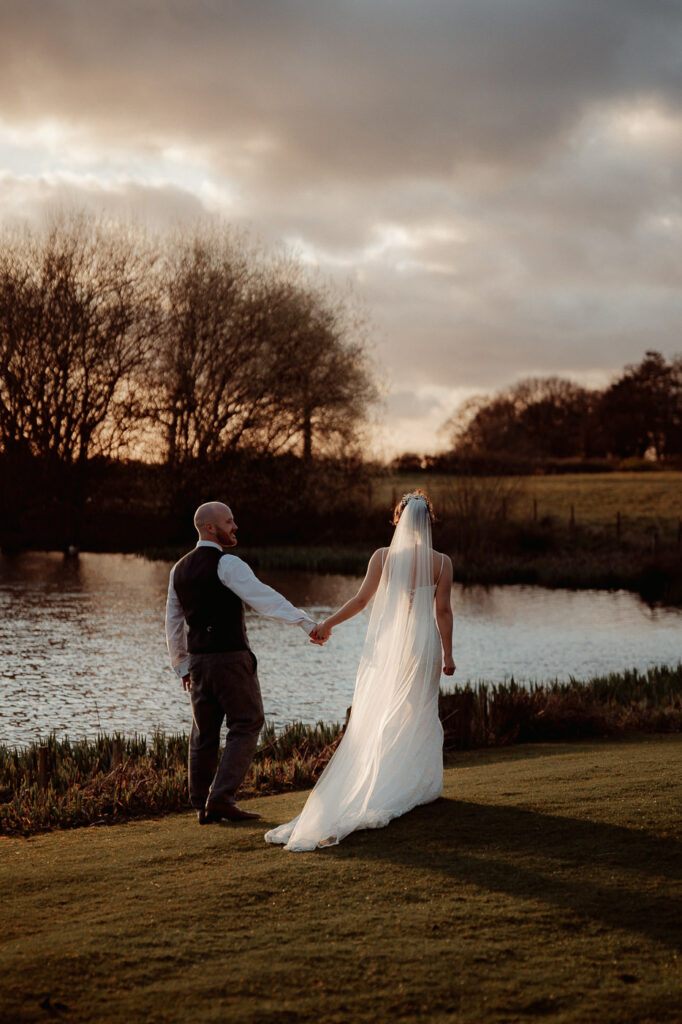
The goal? To create images that feel natural, dynamic, and connected to the setting. Done right, outdoor portraits capture not just a person, but the atmosphere of the moment: warm sunset tones, crisp fall air, or the urban energy of a busy street corner.
What makes it powerful is also what makes it tricky: no two shoots are the same. You can’t rely on fixed lighting setups or seamless backdrops. Instead, success depends on your ability to adapt — reading the light, positioning your subject, and using the environment to your advantage.
Think of it this way: a studio gives you control, but the outdoors gives you character. Outdoor portrait photography is where technical skill meets improvisation, and where many photographers discover their most memorable shots.
Outdoor Portraits: Gear, Setup & Lighting Tips
Photography forums are filled with outdoor portrait struggles.
In the DPReview photography forums, one photographer shared: "Most of the time I find myself being in the right place at the wrong time, being mid-day when the light is harsh. I have made many efforts in order to produce a good photograph under these conditions but I have to admit that all efforts so far have failed." The thread reveals a universal truth: most photographers feel defeated by harsh outdoor light instead of empowered by simple solutions.
Dragging a 20-pound bag through a park doesn't make you a pro; packing the right tools does. Here's the lean photography kit that keeps you nimble, protects my files, and lets you wrestle sunlight instead of wrestling gear.

Core four essentials for every shoot
- Weather-sealed mirrorless body with eye-tracking AF: connects with subjects instead of missing focus, plus weather protection when forecasts lie
- Fast prime lenses (50mm or 85mm) for creamy bokeh, or 70-200mm for compressed backgrounds and working distance
- $20 five-in-1 reflector: silver for punch, white for fill, gold for warmth. Like having three different suns in your backpack
- Neutral density filter keeps you shooting wide open under blazing sun without nuking highlights
Master Outdoor Photography Lighting
Here is a quick guide where portrait photographer, Ernesto shows you how to tackle lighting while shooting outdoors
Nice-to-have extras for tricky conditions
When the sun refuses to cooperate, an off-camera speedlight and wireless trigger create drama against moody skies. Think of it as your portable sunset. A collapsible scrim system can be assembled into an eight-foot softbox on location, offering game-changing soft light for harsh-shadow control. However, it typically requires a breakdown and separate transport.
Don't overlook the human element. A portable stool gives clients something to lean on (literally and figuratively), while a tiny Bluetooth speaker melts nerves faster than any pose prompt. Music turns awkward into awesome.
Your Posing Guide
Need a quick guide to learn how to pose your subjects? Watch this video from Ernesto as he teaches you how to pose people
Your Pre-Shoot Sanity Check
Fresh batteries and empty memory cards should be automatic by now, but we've all been there. Toss in a lens hood for flare protection and a microfiber cloth for nose-print removal (it happens). Check that weather app one more time — yesterday's sunshine promise means nothing.
Load model releases on your phone instead of carrying paper. Paper blows away in the wind; apps don't.
Natural Light vs. Playing God
Ambient-only shooting feels pure, but Mother Nature doesn't always play influencer. Open shade under trees delivers soft, even skin tones, while golden hour adds warm rim light and instant romance. When clouds part and shadows turn raccoon-harsh, that reflector saves the day.
If the sun drops behind buildings before you're done, balance a speedlight one stop over ambient light. You'll restore eye sparkle without killing the natural vibe—your secret weapon for extending shoots past sunset.
Keep Everyone Happy and Healthy
Happy clients show in the pixels. Pack insect repellent, bottled water, and a mini first-aid kit because nobody smiles through mosquito attacks. Scout for loose rocks and surprise mud. Your light stand can't surf, and neither can your subject's heels.
Yes, sunscreen counts as photo gear. Peeling noses aren't flattering on anyone, and liability isn't your friend.
Dial in this kit once, and you'll spend your energy on creativity instead of crisis management. That's where the magic happens.
How to Shoot Outdoor Portrait Photography (Step-by-Step)
Location shooting is equal parts chess match and improv comedy. You're planning five moves ahead while cracking jokes to keep your subject loose. Here's a bulletproof three-phase system that adapts whether you're chasing golden-hour magic or wrestling with high-noon brutality.
1. Before the Shoot — Prep & Planning
Get inside your client's head first. A quick questionnaire and shared Pinterest mood board, lockdown vibe, wardrobe, and must-have shots. Then scout your location at the exact shoot time. (Instagram photos lie about how that "dreamy" spot actually looks at 2 PM.)
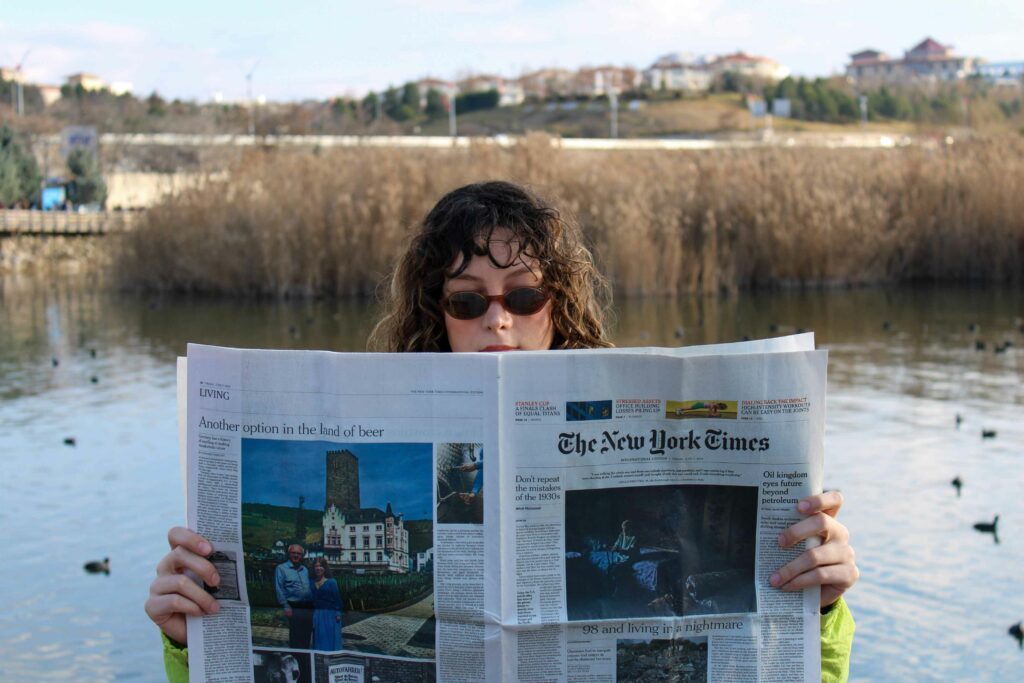
Open fields deliver rim-light opportunities while tree-lined paths promise reliable open shade. Both tactics are proven winners for natural light portraits.
Sun-path apps are your crystal ball. When the forecast shifts (and it will), you'll already have a shaded fallback spot marked. Harsh overhead sun means ducking under leafy canopies — a move seasoned portrait photographers swear by.
Wardrobe coordination saves your skin. Steer clients toward solid colors that complement the location palette: earth tones for forests, jewel tones for urban murals. Hard veto on tight stripes or tiny checks that love to moiré on high-res sensors.
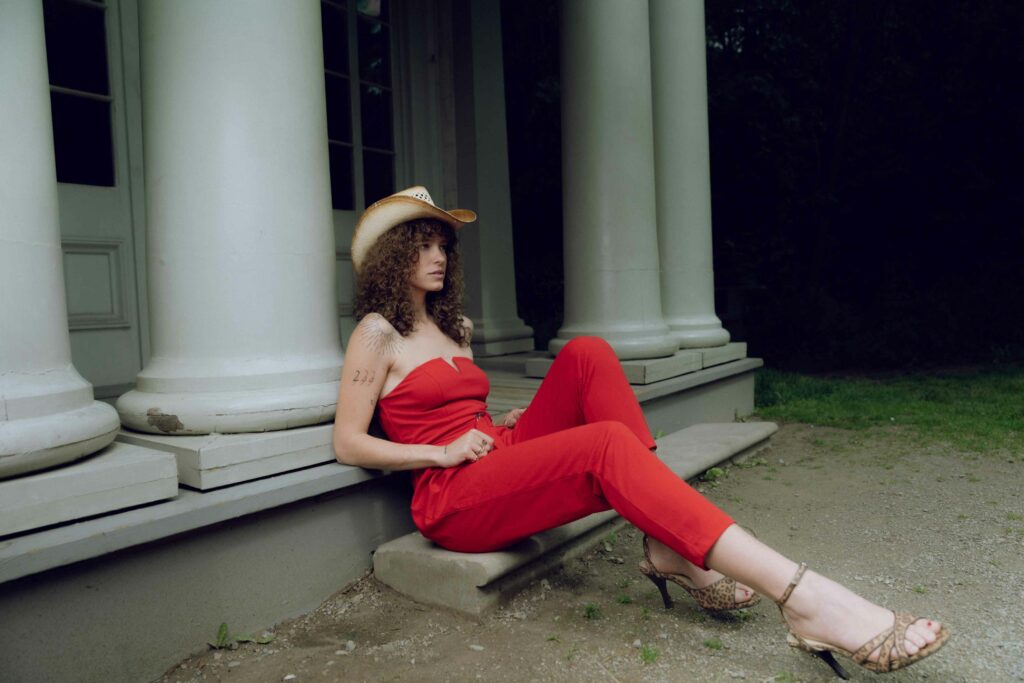
Pack smart: $20 5-in-1 reflector, ND filter for wide-open dreams, spare batteries, and signed model releases. Weather app hints at drizzle? Rain covers and towels join the party. Boring? Maybe. But preparation is why "lucky breaks" follow you around.
Read also: 8 Tips to Capture Wedding Photos in the Rain
2. During the Shoot — Flow & Technique
Start every session with low-pressure warm-ups — walking, laughing, anything that melts tense shoulders. Build to hero shots, then finish with candid portraits for authentic energy.
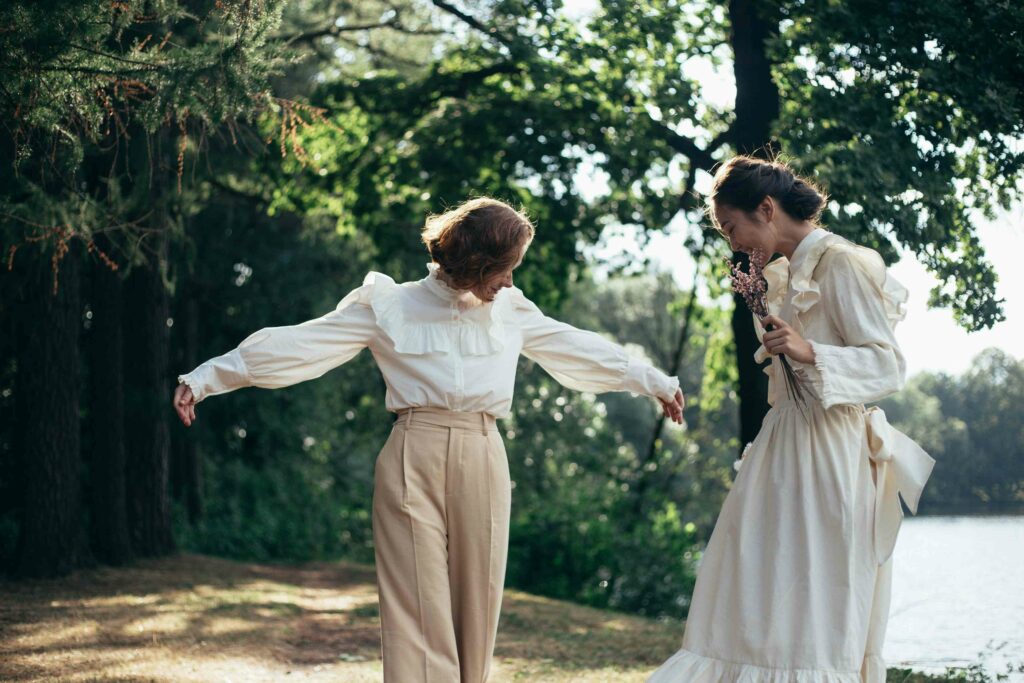
Lighting runs the show, and these four scenarios cover 90% of what nature throws at you:
- Golden-hour glow: Position sun 45° behind your subject for buttery back-light, bounce fill from a silver reflector. Magazine-cover rim light without crispy skin highlights: this professional technique delivers every time.
- Back-lit noon: Shade your lens, expose for skin, let the background blow a stop bright for that airy feel.
- Open shade magic: Park your subject just inside the shadow line where ambient light spills in naturally. Flattering and squint-free—exactly what location photography experts recommend.
- Flash-against-sky drama: Drop ambient exposure by a stop, pop off-camera speedlight through a softbox, watch midday blues deepen.
And here’s the outdoor portrait camera settings cheat-sheet: f/2–f/4 for creamy bokeh, 1/250s or faster to freeze micro-movements, Auto-ISO capped at 1600 for clean files.
Troubleshooting in real time separates pros from weekend warriors. Gusty wind? Pivot so hair blows backward or grab a ponytail holder — portrait professionals highlight this as a classic rookie mistake. Harsh sun? Flip the reflector's diffusion panel overhead. Distracting background? Two-step shuffle, longer focal length, wider aperture, problem solved.
3. After the shoot — selection, editing & delivery
The post-session high crashes fast when you're staring at 700 RAW files. Photography communities consistently discuss this portrait workflow struggle.
In photography forums, one photographer shared: "Import into LR, go through images and hit X on crap/OOF/non-keepers, which flags them as rejected... It's a slow, methodical process." The thread had dozens of photographers describing similar weekend-consuming workflows.
Your culling criteria should be ruthless: tack-sharp eyes, flattering expression, unique variation. Everything else gets deleted.
This is where AI assistance becomes a game-changer. Tools like Aftershoot flag closed eyes, focus misses, and near-duplicates, slicing culling time by 90%. More importantly, it frees mental bandwidth for creative edits instead of "blink policing."
With keepers locked, trigger a 3-2-1 backup: main SSD, secondary drive, off-site cloud. Then tease clients with a sneak peek within 24 hours (clients love this!) and promise the full gallery in two weeks. How? Let's find out now.
Post-Processing Workflow for Outdoor Portraits
Capturing the shot is step one; shaping it in post is where the portrait comes alive. Between hundreds of RAW files, exposure shifts from moving clouds, and clients eager to see results, your editing workflow can make or break the experience. The trick is keeping things fast, consistent, and polished without losing your creative touch.
Here’s how most photographers structure it:
1. Culling with AI tools
Outdoor shoots generate a lot of near-duplicates: hair blowing mid-frame, eyes half-closed, light changing second by second. Instead of dragging yourself through every file, tools like Aftershoot can select the best shots so you’re working with the best right away.
2. Apply consistent edits across the set
Natural light isn’t always predictable, which means your tones can drift if you’re editing frame by frame. AI Editing tools learns your style and apply it consistently, giving you a solid base look across the gallery. You can then jump in and fine-tune details where needed.
3. Retouch for polish, not perfection
Even outdoors, little things pop up that break the flow of an image: stray hairs, blemishes, shiny skin. With AI Retouching, you can batch-retouch these in minutes, then reserve your manual touch-ups for the few standout portraits that need extra care. The result? Professional quality without the endless hours on Photoshop
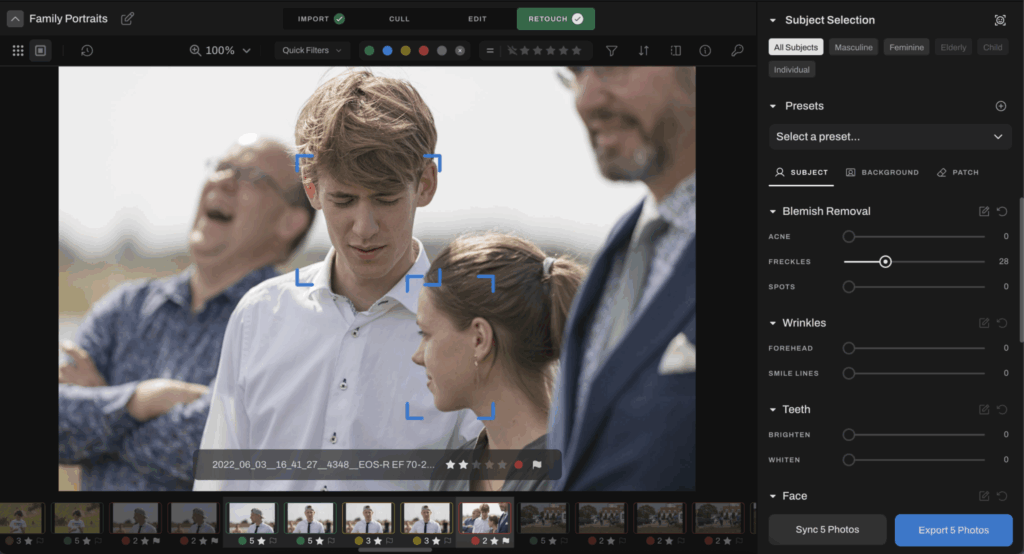
4. Delivering fast galleries clients love
One of the easiest ways to impress clients is speed. With a streamlined workflow, you can tease them with a sneak peek within 24 hours: just 5–10 polished images to get them excited. Then, set the expectation of a full gallery in about two weeks. That balance of instant gratification and reliable turnaround is something clients rave about.
The payoff is simple: combining AI tools with your creative direction, you spend less time behind the computer and more time booking (and shooting) your next session.
If you’re curious how this fits into your own process, the self-guided demo will show you from start to finish in under 5 minutes.
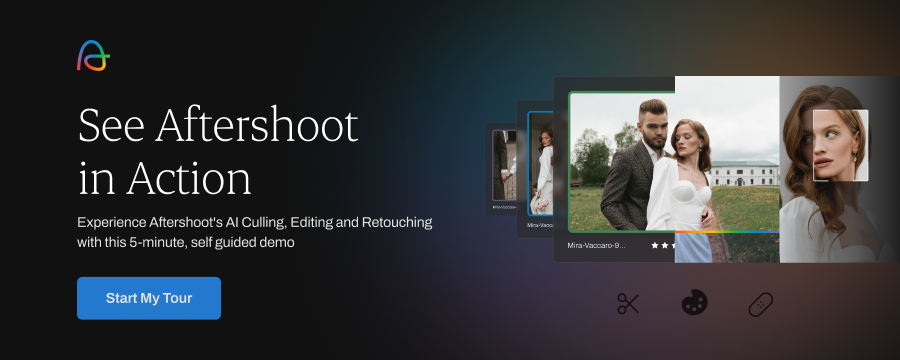
Growing Your Outdoor Portrait Photography Income
Let's talk money, not bokeh. Every hour you claw back from culling and color-correcting is an hour you can spend shooting, marketing, or, dare we dream actually sleeping. That reclaimed time turns into real money the moment you slot another session on the calendar or deliver a gallery ahead of schedule.
When an AI assistant wipes days off your workflow, three profit levers magically appear:
Book More Shoots Without The Burnout
If a single portrait session nets you $350 and you can squeeze in two extra shoots each week, that's an extra $2,800 a month, no new gear required. Your camera bag stays the same size, but your wallet gets happier.
Charge For Speed and Delivery
Fast delivery is a premium service wearing a disguise. Brides pay rush fees when their engagement photos land before the post-shoot butterflies fade. Brand managers love 48-hour turnarounds because their campaigns stay on schedule. Parents of graduating seniors? They'll happily pay extra to share those cap-and-gown shots before the next family BBQ.
Keep associate work consistent
When your associate photographer's edits run through the same AI presets, galleries feel cohesive. Clients stop playing "spot the second shooter," and you can justify those higher collection prices without anyone batting an eye.
Seasonal Mini-Sessions Become Your Secret Weapon
Fall foliage, cherry blossoms, or cap-and-gown weekends let you stack shorter shoots back-to-back like a well-oiled machine. The catch? That mountain of images that used to haunt your weekends. AI flattens that mountain to a molehill, making mini-sessions a low-stress, high-margin goldmine.
Upsells and mini-sessions
With your basic edits finished at warp speed, you can offer magazine-grade retouching or painterly composites as à-la-carte add-ons. Clients get luxe options, you pocket higher totals, and your creative muscles actually get a workout instead of developing carpal tunnel.
Remember, success isn't about having every lighting modifier or working 80-hour weeks. It's about building a repeatable system that lets you shoot more, stress less, and deliver consistently beautiful work. That's what separates weekend warriors from full-time pros, and it's exactly what modern AI tools help you build.
What Great Outdoor Portraits Really Come Down To
Outdoor portrait photography is equal parts craft and improvisation. The light changes, the weather tests your patience, and clients rarely stand exactly where you want them. But that’s also the magic: you’re photographing people in a living, breathing environment that adds mood, depth, and story.
If you approach it with the right tools and mindset, the outdoors stops being unpredictable and starts being your biggest ally. Learn to read the light, choose locations with intention, and keep clients comfortable, and you’ll consistently walk away with portraits that feel alive and timeless.
And don’t forget: your job doesn’t end when the session wraps. Post-processing is where you shape those raw captures into finished work that your clients can’t wait to share. With a streamlined workflow — culling, editing, retouching, and delivering sneak peeks quickly, you’ll impress clients and protect your own time and sanity. That’s where tools like Aftershoot help you keep the creative spark without getting buried in the grind.
In the end, outdoor portraits are about more than flattering light and pretty backdrops. They’re about connection, presence, and showing your subjects at their best in a real-world setting. Master that balance, and you’ll have clients coming back season after season, eager for another chance to step into your lens.
Ready to wow clients with same-day sneak peeks and on-time galleries? Start your free trial of Aftershoot and make fast delivery your new signature.
